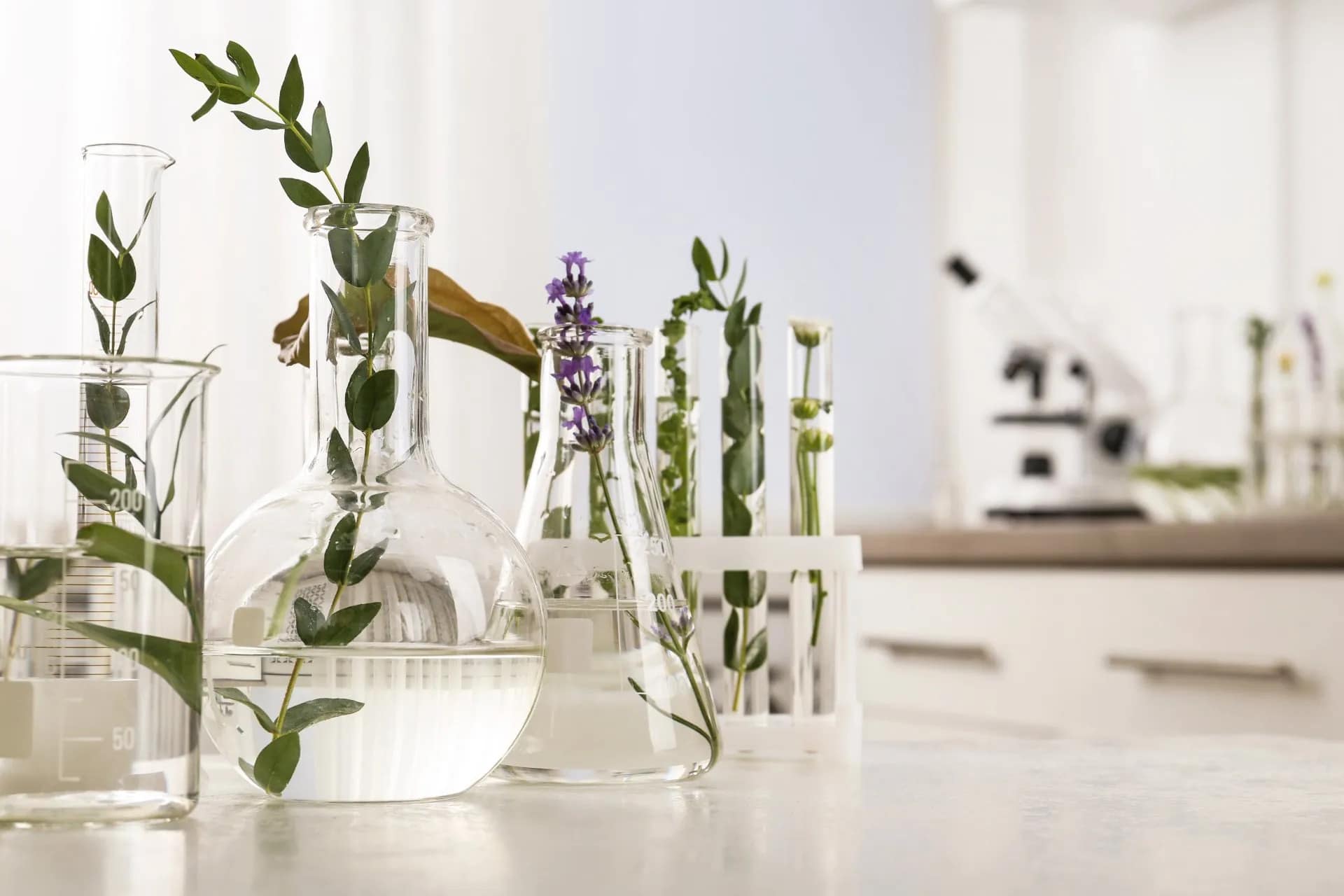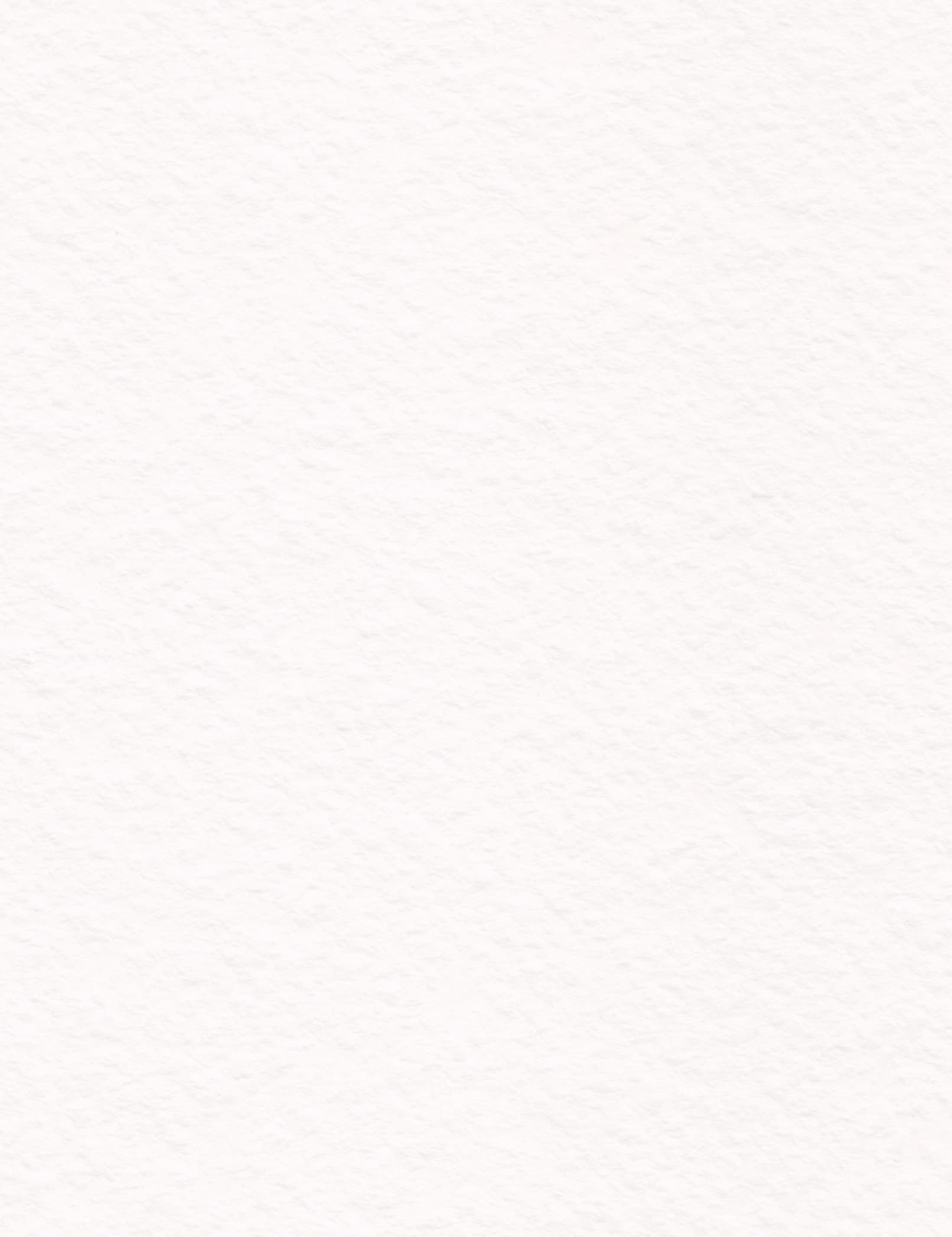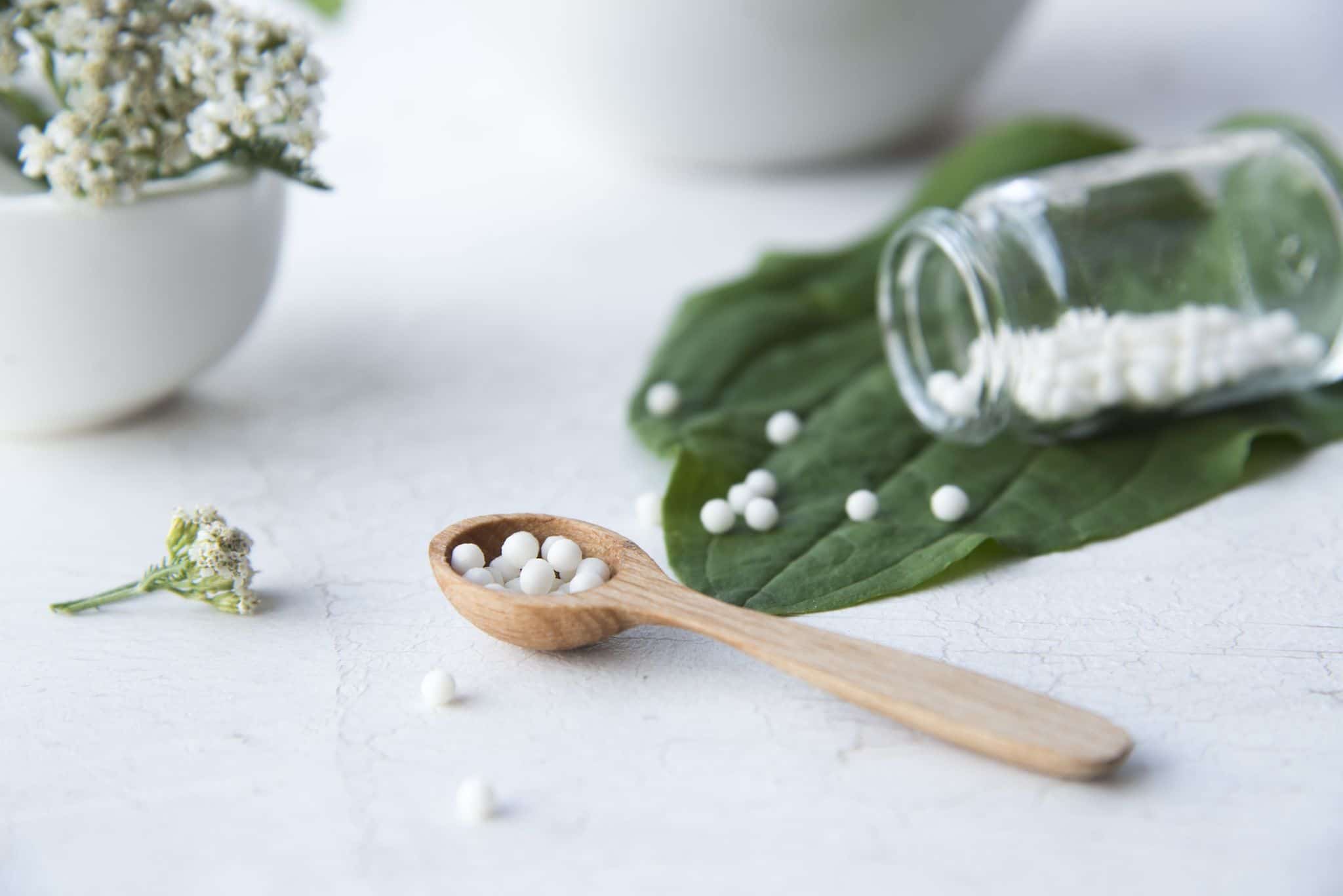
Be Better Naturally
skip
Our bodies are intelligent, powerful, and designed to heal themselves!
No conventional medicine stimulates or triggers your body to heal from the inside out. The scientific community looks to fix, but never answers the question anyone with a chronic disease really wants answered,
"How do I get my body to heal itself?"
Homeopathy: A Profoundly Effective Answer
The permanent restoration of health, vitality and wellness!
What is Homeopathy?

Homeopathy is a holistic medical system that is safe, gentle, and profoundly effective at addressing the root cause of chronic disease.
READ MORE
Homeopathy can be used for first aid, acute, chronic disease, and epidemics. Also increases vitality, immune function, has no recalls, non-addictive, low cost, and easily accessible.
READ MORE
Homeopathy uses dynamic natural substances that work at the deepest levels. Conventional medicine uses strong suppressive drugs and iatrogenic treatments with many side effects.
READ MORE
Turn your health around
Homeopathy, the natural voice. Watch this quick, beautifully illustrated video by 4Homeopathy.
Learn how Homeopathic remedies are prepared
Homeopathy is a powerful healing modality that changes lives. Until now, its voice has been silenced across the medical landscape. Introducing Homeopathy is a new, professionally produced, feature-length film dedicated to bringing Homeopathy into every household and healthcare system globally.
Our beloved animal companions demonstrate the power of Homeopathy to facilitate our inherent capacity for healing. Watch the video to see three such stories
What is Homeopathy?
Homeopathy is a holistic medical system that is safe, gentle, and profoundly effective at addressing the root cause of chronic disease..

Homeopathy goes directly to the body’s own healing energy, strengthening it and balancing it, so that not only do the specific disease symptoms disappear, the entire spiritual mental emotional physical being is restored to the natural state it was created in.
I often hear from mothers of children, “I asked our pediatrician how to keep infections from coming back so that I do not have to keep giving my child antibiotics?” Or from women asking their gynecologist, “What can you give me so that I don’t keep getting one yeast infection after another?” Conventional allopathic doctors are still searching for an answer to the seemingly simple question. While allopathic medicine may seem effective at quelling the symptoms, the prevention of reoccurrence has never been resolved.
This healing system is based on the philosophy that the body, mind & emotions are not separate entities, but fully integrated. The homeopath considers all aspects of a patient’s being i.e.: physical, emotional, and mental when seeking and prescribing a remedy.
Homeopathy aims at eradicating disease and going to the “Root of the Trouble”.
The definition of eradicating disease seems simple at first: the disappearance of symptoms. Homeopathy aims much higher than this, however, and people receiving treatment often notice improvement on all levels, far beyond the symptoms presented.
These kinds of changes on the physical level are remarkable enough, but in homeopathy, we expect changes on an even deeper level, the mental-emotional.
Homeopathic medicines are made from plants such as chamomilla, minerals such as sodium chloride, and animals such as snake venom or cuttlefish ink; or such chemical drugs as penicillin. These substances are carefully diluted until little of the original substance remains.
Clinical experience and now scientific evidence shows that these infinitesimal doses are effective. A medicine is homeopathic only if it is taken based upon the similar nature of the medicine to the illness. In other words, it must be homeopathic to the symptoms presented.
“Like cures like” is the basic tenet that guides Homeopathic treatment. This method of healing involves giving a substance in minute doses known to cause a set of symptoms in a healthy individual to an ill person who is exhibiting the same symptoms. In this way, the body’s vitality is stimulated to correct the state that afflicts it, gently and permanently, and restores the person to health.
Homeopathy is the only medical science that works on the principle that our body constantly makes an effort to maintain and re-establish internal stability. When the body is in a state of sickness, homeopathic remedies gently provide stimulation to the immune system to remove the disease from the body.
Homeopathy is based on rigorous dilutions and mixing, called successions. The dilution level is printed on the bottle of medicine. A typical homeopathic dilution is 30X, where the X represents 10. So, one part toxin (such as the aforementioned poison ivy) is mixed with 10 parts water or alcohol. The mix is shaken; one part of this mix is added to 10 parts of water or alcohol again, and the whole process is repeated 30 times.
The final dilution is one molecule of medicine in 10 to the 30th power of molecules of solution — or 1 in a million trillion trillion. At this dilution level, you’d need to drink 8,000 gallons of water to get one molecule of the medicine — physically possible but implausible.
Other homeopathic solutions are 30C, which represents 100 to the 30th power. There’s not enough water in the solar system to accommodate this dilution.
The fundamental tenant of homeopathy is that we do not treat disease, rather the person with the disease. This may sound obvious, but it comes as a surprise to people when they hear the questions we need to ask. My clients often say that they’ve never been listened to so intently by a health care practitioner before. In treating chronic disease, I need to know about my client’s personality, physical constitution, lifestyle, relationships, work and home environment, temperature and weather desires, and food preferences and aversions. Most important of all is the question, “What was going on in your life when you became ill?”.
Understanding etiology or causative factors is of little importance to allopathic doctors. But in homeopathy, it is the most important information. The client’s disease symptoms come last in the priority. This is because homeopathy heals from the inside out….the physical symptoms are what appear last. This does not necessarily mean that they are on the skin, but that the physical body is an expression of the internal mental, emotional, and energetic aspects of the being.
A true homeopath has no need for a disease name. Hahnemann said it eloquently, “The name of the disease does not concern me, and the name of the homeopathic remedy is of no importance to you”. Hahnemann taught us that the names of diseases such as cancer, arthritis, or gastritis do not help us to cure the client and should only be referred to as “a kind of” cancer, arthritis, gastritis. What kind of “itis” depends on who is suffering. Ten different patients with gastritis are likely to receive 10 different remedies from the homeopath depending on their entire mental emotional physical makeup, their life history.
Basically, we search for the leak in the vital force (living force, spirit, life force, soul, vitality) which can come about through a physical trauma like a car accident, overuse of antibiotics, mental trauma like studying too hard or worrying about something too much, or (most frequently) emotional trauma like the death of a loved one, the end of a relationship, devastating financial loss, or an abusive relationship. We look at the whole person who is suffering this energetic leak and how the body is expressing it. This information is put together into a completely individualized prescription.
Homeopaths often hear from mothers of children, “I asked our pediatrician how to keep infections from coming back so that I do not have to keep giving my child antibiotics?” Or from women asking their gynecologist, “What can you give me so that I don’t keep getting one yeast infection after another?” Doctors are still searching for an answer to the seemingly simple questions.
In homeopathy, the standard of eradication includes the prevention of recurrence. Homeopaths have treated children with reoccurring otitis media, asthma attacks, or URIs who were on antibiotics for years. To the amazement of parents and doctors alike, simply strengthening the child’s constitution with the proper remedy made antibiotics totally unnecessary for years afterward. How is this possible? The simple answer is that remedies strengthen the body’s own healing energy, the vital force.
All living things have an integrated force that maintains and directs life, which homeopathy calls the Vital Force. The Vital Force is the intangible energy that gives us strength, life, and energy. It is known in other cultures as chi, life force, etheric body, vibrancy, and more.
When we become unwell, it is the Vital Force beneath the symptoms that has experienced a disruption and needs to regain balance.
The Vital Force is dynamic and intelligent. It is often capable of repairing a disruption in the body system without intervention. We are mostly unaware of this incredible healing power because, without symptoms, we don’t know that something is wrong.
When symptoms arise, the Vital Force is sending a message, alerting us that it is struggling to restore balance and health; it is, in essence, a request for help. Homeopathy responds to this request by providing a remedy that stimulates the body’s own healing mechanisms. The end result is the restoration of the Vital Force, and a feeling of good health, vitality, and harmony in life.
The highest ideal of therapy (medicine) is the rapid, gentle, pleasant, complete, and permanent restoration of health in the surest, simplest, and least harmful way. This principle obliges every physician/practitioner to seek and administer or refer patients to receive the most efficacious approaches.
For instance, it should be known that homeopathy in the hands of the homeopathic artist is likely the most efficacious approach we know to help people for stopping the progression and reversing autoimmune disease.
In spite of the best prevention, people will be affected by numerous influences and will fall sick. Any prophylactic, diagnostic or therapeutic intervention by the physician should not further harm the patient. Unfortunately, Iatrogenic diseases, which is the causation of a disease, a harmful complication, or other ill effects by any medical activity, including diagnosis, intervention, error, or negligence is one of the leading causes of death in the USA.
Homeopathy was founded by Dr. Samuel Hahnemann in the late 18th century. Its philosophy and scientific principles, however, are based in the ancient Greek teachings of Hippocrates, widely acknowledged as the father of medicine. The name of Homeopathy comes from two Greek words that mean “similar suffering,” reflective of the “treating like with like” philosophy of homeopathy.
The benefits of Homeopathy
Homeopathy can be used for first aid, acute, chronic disease, and epidemics. Also increases vitality, immune function, has no recalls, non-addictive, low cost, and easily accessible.
No Harmful Side Effects
Many childhood ailments could be very effectively and quickly treated with homeopathy without producing any side effects whatsoever. Unlike antibiotics and other such medicines, homeopathic remedies do not hamper digestion, or lower the body’s resistance. Neither do they cause any allergies nor cause any damage, even if taken over a long period. There is no toxicity, no addiction, no dependency, no withdrawal.
No Recalls
Conventional allopathic medical errors are the third-leading cause of death in the USA after heart disease and cancer. The side effects and risks associated with allopathic medical intervention are called iatrogenesis. These side effects are also called adverse drug reactions (ADRs). Iatrogenesis is composed of two Greek words, “iatros,” which means physicians and “genesis,” which means origin. Hence, iatrogenic ailments are those where doctors, drugs, diagnostics, hospitals, and other medical institutions act as “pathogens” or “sickening agents”.
Treats Root Cause
True healing happens when you can identify the cause and use treatments that follow nature’s law. Nature’s Law tells us that we need to pay attention to the symptoms that the body shows us & treat the root cause not the symptom. We know from this law that suppression of the symptom drives the disease deeper into the body putting other more important systems at high risk. Homeopathy treats underlying susceptibility of diseases.
Holistic Approach
Homeopathy works with your body’s natural intelligence to restore balance in body, mind, and spirit, so that you will experience increased physical, mental and emotional health. People often report better sleep, more energy and feeling more joy, freedom, relaxation and peacefulness after homeopathic treatment. “I have never felt better in my life!…” is a common reaction to homeopathic treatment.
Gentle & Safe
There is no other treatment that is as effective, safe, and side-effect free as homeopathy. Homeopathic medicines stimulate the body’s innate ability to heal and work at your underlying susceptibility to a condition. Homeopathic medicines are natural, prepared from minute amounts of herbs, minerals and animal products. Homeopathy remedies are regulated for sale in the US by the FDA and manufactured in strict accordance with the “Homeopathic Pharmacopoeia of the US” (HPUS).
Acute, First Aid & Epidemics
In injuries and accidents, homeopathic treatment can be of immense value. Homeopathic medicines can be given both pre-operatively and post-operatively to speed up healing and to counteract any effects of anxiety, shock and anesthetics. Homeopathic medicine can be very useful during epidemics. Homeopathy has successfully helped people heal from the epidemics of the 19th century, such as scarlet fever, cholera, diphtheria, and malaria, and are well-documented. During the worldwide Spanish flu, the mortality rate in the U.S. for people who were treated with homeopathy was 0.7% compared to 30% for conventional medicine.
Profoundly Effective
There is no other treatment that is as effective, safe, and side-effect free as homeopathy. This information may seem miraculous, but to the homeopath it’s all in a good day’s work. Homeopathy goes directly to the core of the person, to the body’s own healing energy, strengthening it and balancing it, so that not only do the specific disease symptoms disappear, the entire spiritual mental emotional physical being is restored to the natural state it was created in.
Improves Energy
“I have never felt better in my life!…” is a common reaction to homeopathic treatment. In fact, often the first sign that a remedy is working, even before relief of the chief complaint, is a change on a much deeper level, such as: • Falling asleep right away, staying asleep at night and waking refreshed • Increased energy levels and a feeling of vibrancy • Immunity to the seasonal cold and flu that comes around • Disappearing of cravings for unhealthy foods • A more youthful appearance
Low cost
Homeopathy is extremely affordable, environmentally friendly, and easy to purchase. Homeopathic medicines known as “remedies” are made from natural sources (e.g., plants, minerals and animals), and are environmentally friendly and cruelty free. Most are available over the counter in grocery stores, drug stores, health food stores, homeopathic pharmacies, and online.
Homeopathy & Conventional Medicine Differences
Homeopathy uses dynamic natural substances that work at the deepest levels. Conventional medicine uses strong suppressive drugs and iatrogenic treatments with many side effects.

Allopathic Medicine: Implements the use of pharmacological drugs and other physical interventions known as iatrogenic treatments, that either treat or suppress diseases and health conditions.
Although current medical practice recognizes that there are connections between mental, emotional, and physical conditions, the dominant approach is to break the whole down into parts with separate diagnostic labels. Different drugs are then prescribed for each seemingly unrelated symptom. Most medicines have side effects which add to the patient’s troubles – a search on the Internet will reveal pages of them. To counteract these side effects a new set of drugs may be given. Thus suffering is not ultimately decreased at all but actually increased.
Homeopathic Medicine: Encourages healing and wellness by examining the whole person who is diseased & treating the root cause of the illness rather than just suppressing symptoms.
I believe that true holistic healing happens when you can identify the cause & when you use treatments that follow nature’s law. Nature’s Law tells us that we need to pay attention to the symptoms that the body shows us & treat them by treating the cause, not the symptom. We know from this law that suppression of the symptom drives the disease deeper into the body putting other more important systems at high risk. Homeopathy is a good example & one of the most powerful forms of holistic medicine.
Suppression means stopping or limiting an action. Frequently we limit the vital energy in our body by the use of conventional ‘cures’. How often do we use a cream to ‘remove’ a rash, a pill to take away a pain, a medicine to calm our nerves? The main action of these medicines, however, is to palliate the symptom and to moderate its expression rather than to address the susceptibility behind it. They can never constitute a long-term cure. If we keep palliating a symptom long enough, we may not be able to continue to externalize the illness.
As a result, the untreated internal state will be forced to find another outlet in order to re-balance itself. While we may suppress, or apparently ‘remove’ a symptom from a particular part of the physical body, the next available vent may be anywhere on the mental, emotional or physical level.
A simple example of this is when someone has been indulging in many ‘flu cures’ to fix their cold and then becomes irrationally bad-tempered as the discharge dries up. Many more examples of the effects of suppression exist, from the development of asthma in children whose eczema has been suppressed by steroid creams, to breast lumps, which are believed to correlate directly with the use of antiperspirants, to childhood inoculations resulting in a chronically sick adult population.
Conventional medicine typically views symptoms as something wrong & tries to suppress or eliminate them. By contrast, homeopathy considers symptoms the vocabulary of disease & the body’s attempt to restore balance, however uncomfortable the effort. The goal is to understand & treat the root cause for any problems, not to mask their existence.
Symptoms are not enemies to be destroyed, rather sacred messengers telling us there is an imbalance deep within. Homeopathy is a gentle whisper… nudging your innate immune system to start functioning properly again.
Allopathic drugs are crude physiological forms of medicines, whereas Homoeopathic medicines act on a dynamic plane. The response of a body is obviously different.
Our bodies are intelligent, powerful, and designed to heal themselves, yet as a culture, we have forgotten. We have not only forgotten but are encouraged and influenced by Western medicine that strong medicines with many side effects are the solution.
When we take an allopathic drug, it typically acts immediately, due to the material/crude dose. It forces something to happen, rather than stimulating your immune system (vital force) to start working in a healthier way. We can often get accustomed to “take a pill and the problem goes away”. In fact, this way of “healing (suppression)” only pushes the chronic state further along into a deeper part of the person – a more important organ will gradually get affected.
Some realize that the quick fixes afforded by antibiotics and other modern drugs do not address the core of their health issues. Health is more than a removal of symptoms; in fact, these symptoms are often alarm signals alerting us to an inner imbalance that needs to be addressed. Homeopathy, working as it does on the self-healing mechanism within each of us, deals with the center of the problem, correcting the internal imbalance and causing the symptoms to go away on their own accord.
Sometimes, all we need is a gentle whisper…
Homeopathy looks at individuals, not diseases. For example, no two colds are alike. One may come on slowly & be runny; another may come on quickly & include a dry cough. In one, the person may be irritable & want to be left alone & in another, he or she will want comfort & company. A well-trained homeopath most likely will treat each cold with different remedies.
Homeopathy recognizes each person is unique and homeopathic recommendations are made based on your individualized needs. Each consultation starts with a conversation about where you are at with your health and your primary concerns and goes on to explore physical, mental, and emotional aspects as well as a head-to-toe systems review. Your experience of the illness is more important than the diagnosis name. Additionally, how you respond physically and emotionally to stress also plays a role.
Homeopaths pay much attention to the ordinary language that the client speaks, rather than the technical language of abnormalities.
Homeopathy looks at individuals, not diseases. For example, no two colds are alike. One may come on slowly & be runny; another may come on quickly & include a dry cough. In one, the person may be irritable & want to be left alone & in another, he or she will want comfort & company. A well-trained homeopath most likely will treat each cold with different remedies.
This healing system is based on the philosophy that the body, mind & emotions are not separate entities, but fully integrated. The homeopath considers all aspects of a patient’s being i.e.: physical, emotional & mental, when seeking & prescribing a remedy.
The anchor is the relationship between both the practitioner and the patient. The Homeopath acts as an unbiased observer, trying hard to not ask leading questions, rather allowing the client to express their symptoms, sensations, relationships, stressors, lifestyle, eating habits, sleeping habits, what makes their symptoms better or worse and most importantly “WHAT WAS HAPPENING IN YOUR LIFE PRIOR TO GETTING SICK”? We call this Etiology or Causative Factors.
Experience the benefits of Homeopathy
Free virtual discovery session
Please contact us at gwen@healnaturally.com to schedule your appointment type.